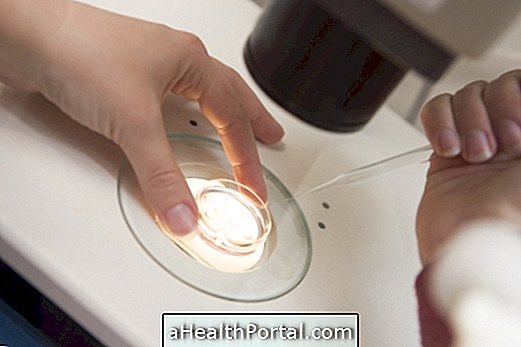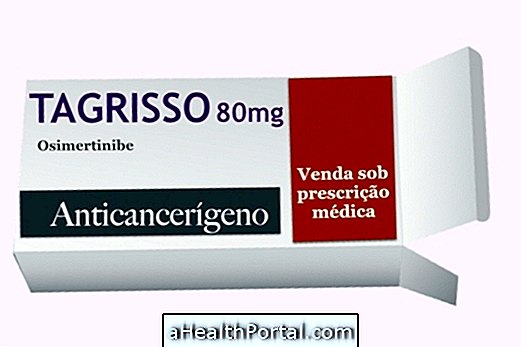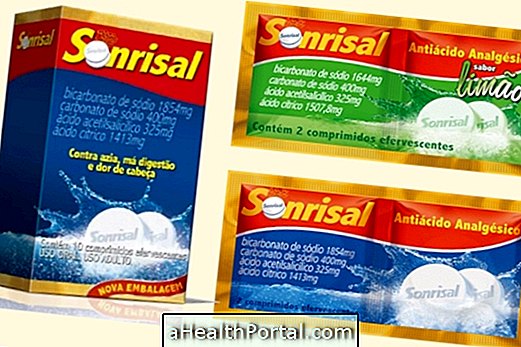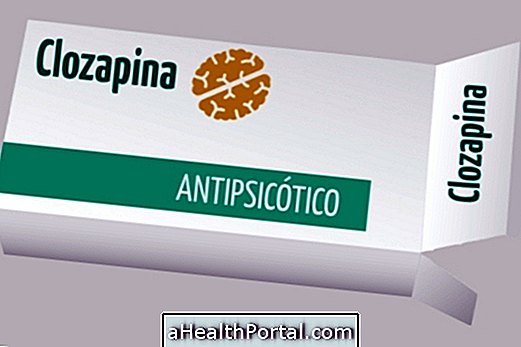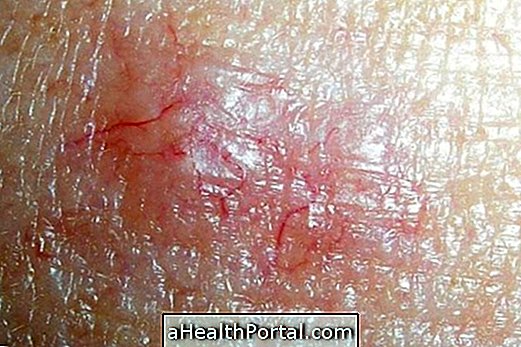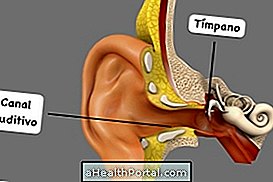Central venous catheterization is a medical procedure performed to facilitate the treatment of patients, especially in situations such as the need to infuse large volumes of fluids into the bloodstream, use of long-term venous access, better hemodynamic monitoring, and blood infusion or parenteral nutrition, for example, requiring safer access to blood vessels.
The central venous catheter has a length and width greater than the common peripheral accesses used in the veins of sites such as the arm, and are designed to be introduced into large veins of the body, such as the subclavian, located in the thorax, the jugular, located in the neck, or the femoral, located in the inguinal region.
Usually, this procedure is usually indicated in intensive care (ICU) or emergency situations, and should be done by the physician, following a technique that requires surgical material and sterile equipment. After being placed, it is necessary to take care of nursing to observe and prevent complications like infections or bleeding.
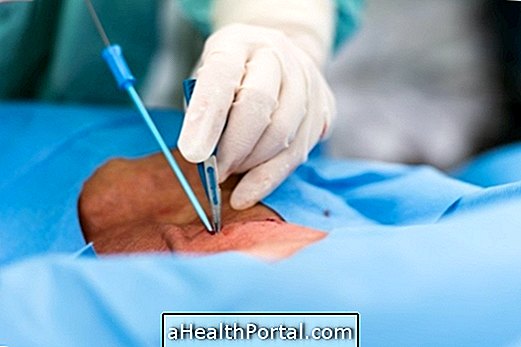
What is it for
The main indications for central venous access include:
- Facilitate the maintenance of venous access for long periods, avoiding multiple punctures;
- Infuse large amounts of fluids or medications, which are not supported by common peripheral venous accesses;
- Administer medications that may cause irritation when extravasation occurs from a peripheral venous access, such as vasopressors or hypertonic solutions of sodium bicarbonate and calcium;
- Allowing hemodynamic monitoring, such as measuring central venous pressure and collecting blood samples;
- To perform hemodialysis, in emergency situations or when the arteriovenous fistula has not yet been installed. Understand how hemodialysis is done and when it is indicated;
- Transfusion of blood or blood components;
- Facilitate the treatment of chemotherapy;
- Allow parenteral nutrition when it is not possible to feed through the gastrointestinal tract.
Performing central venous access should take some care to reduce the risk of complications. Thus, this procedure is not indicated in cases of infection or deformities of the site to be punctured, changes in blood coagulation or when there are serious risks of bleeding, except in special situations indicated by the physician.
How is done
In order to perform central venous catheterization, it is necessary to position the patient who is usually lying on the stretcher. The doctor will then identify the exact location of the puncture, and the area and surrounding skin will be cleaned to eliminate infection.
In addition, the physician and staff should have carefully hand washed and be equipped with equipment that reduces risk of infection such as sterile gloves, mask, hat, surgical apron and sterile fields.
The most commonly used technique for performing central venous catheterization is called the Seldinger technique. To do this, in addition to the protective equipment, the bags and equipment of serum, anesthetic, sterile gauze, scalpel and the central catheter kit containing needle, guide wire, dilator and intravenous catheter should be used as materials. needle and thread to attach the catheter to the skin.


Currently, some physicians also choose to use ultrasound to guide catheter insertion and decrease the risk of complications.
It is also important to remember that because it is an invasive procedure, it is necessary to inform and obtain the consent of the patient for its accomplishment, except in case of emergencies or imminent risk of death, when communication is not possible.
Types of central venous access
Central venous catheterization can be performed in 3 ways, according to the vein chosen to be punctured:
- Vein subclavian;
- Internal jugular vein;
- Femoral vein.
The choice of venous access type is made by the physician according to the patient's experience, preference and characteristics, all of which are effective, have advantages and disadvantages. For example, in patients who have had a thoracic trauma or require a cardiopulmonary resuscitation, femoral vein puncture is indicated, while the accesses by jugular or subclavian veins have a lower chance of contamination.
Check for other types of catheterization that may be needed.
Possible Complications
Central venous access may cause some complications such as bleeding, bruising, infection, lung perforation, arrhythmia, or venous thrombosis.









